The road from Sahara to Marrakesh, with a stop in Ait Benhaddou – Morocco
The road from M’Hammid to Ait Benhaddou
Short Description. A private taxi took us from M’Hammid to Ammzerou (near Zagora), where I had left my rented car. After lunch, we strolled through Ksar Ait Benhaddou for a couple of hours. At dusk, we crossed the High Atlas Mountains via the Tizi N’Tikka Pass and arrived at Naima’s home in Marrakesh around midnight.
Long Description.
Meriem had an early-morning flight from Zagora to Casablanca, so she left by herself. Mohammed had talked with a private taxi to take us along the Draa Valley: from M’Hammid (where the camel trek through the Sahara Desert ended) to Zagora (where the trek had started a few days before). The Draa Valley appeared very dry in this section. Low-altitude reddish mountains and typical mudbrick kasbahs dominated the valley. Halfway to Zagora, we stopped in the small town of Tamegroute – known for its desert pottery of colored plates and tajine cookware. Eventually, we went to the camping ground Oasis les Palmier in Ammzerou, where I had parked my rented car for four days throughout our trek in the Sahara Desert.
An endless road along the Draa Valley awaited us from Zagora to Ouarzazate (the same road I drove a week before when I had come from the Dades Gorges). Palm-tree oases abundantly grew along the 200-kilometer Draa Valley. Ksars with mudbrick houses dotted the border between vegetation and rocky desert (hammada). On the Oued Ounilla, a valley with little vegetation, the iconic ksar Ait Benhaddou appeared on the horizon.
Ksar Ait Benhaddou
We parked in Issiwid (a village built opposite Ksar Ait Benhaddou). There, we quickly had lunch – sheep skewers with vegetables-rice and a tajine, at a Moroccan riad known by Mohammed. After lunch, we wandered the streets with traditional mudbrick houses in Issiwid. Piles of rubbish, hay, and mudbrick dwellings adorned with geometric Berber decorations flanked the dusty streets. Colorful stalls selling Berber shawls, jewels, and knives, as well as djellabas and masks lined the narrow alleys of the village. From Issiwid, we then crossed the Ounilla River and reached the lower part of ksar Ait Benhaddou.
Ait Benhaddou was an important outpost on the caravan route that connected former Sudan with the imperial cities of Morrocco. Listed as a UNESCO world heritage site, the ksar was a typical example of a compact fortified habitat of the pre-Saharan regions in southern Morocco. It featured simple mudbrick buildings built in the 17-18th centuries and reddish dwellings crammed at the foot of the rocky slope. Also, a collective granary (igrhem n’iqadarne) surrounded by a fortification wall dominated the settlement from the hilltop.
We explored the narrow, winding streets of the ksar, then passed the central mosque. After that, we climbed to the hilltop fortress. Here and there, sloping streets passed through vaulted corridors built on the ground floor of mudbrick houses. Not many people lived in the village, and only a few buildings seemed entirely restored. Most of them collapsed or seemed abandoned, while their inner courtyards looked more like residual space. However, some houses had the inscription ‘Gladiator’ pointing toward the place where scenes of the famous movie had been cast.
Noble families built approximately eight kasbahs in the ksar’s neighborhood near the river. The volumes of the kasbahs featured defensive angle towers with a richly decorated cornice. Moreover, the imposing kasbahs could be easily distinguished with their mighty walls within the housing area. In the village center, we entered Kasbah Ait Ougrem – a large, fortified mudbrick house, developed on several floors around an inner courtyard and four defense angle towers. The kasbah had minimal spaces with little basic furniture. On the ground floor, it had a kitchen with an earth oven built directly on the ground. Next to the kitchen, it had a meeting area with colored bedspreads and Berber carpets. In the kasbah’s courtyard, a donkey reminded us of the traditional ‘Berber car’ (the most popular mean of transportation in Morocco).
The road from Ait Benhaddou to Marrakesh crossing the Tizi N’Tikka Pass
We left Ait Benhaddou late in the afternoon (around 6 p.m). Before leaving, I called Naima and she assured me that I could arrive at her house in Marrakesh even late at night. I bought a Coca Cola, then set off to Marrakesh. During the whole road trip, Mohammed was my co-driver and helped me whenever I needed him. The winding road first climbed toward the High Atlas Mountains, then snaked down to Marrakesh. Luckily, we reached the Tizi N’Tikka mountain pass right before dusk. After we passed it, the sun disappeared behind the serrated ridges of the mountains.
The Tizi N’Tikka pass (2260 meters of altitude) marked the highest spot where cars could cross the High Atlas Mountains. The road connected Marrakesh to the oases in southern Morocco. It bypassed the old caravan route that once connected the imperial cities with the Draa Valley. Even though there were only 200 kilometers from Ait Benhaddou to Marrakesh, I drove slower than I had expected. The traffic conditions created a dreadful combination of pitch-darkness, drizzle, and the dazzling headlights of the cars coming from the opposite direction. Mohammed soon specialized in turning on and off the high beams. Finally, at midnight, I enjoyed driving on the streets of Marrakesh when the traffic had already reduced to the minimum and was less terrifying.
If you want to read more about the road trip through Morocco, here are all the Travelogues from Morocco (x21).
Have you been to Morocco or plan to go there? Leave a comment below this post and tell me what you liked in Morocco or what you want to see there.
Want to subscribe to my travelogues? Just leave your email in the subscription form below, and you’ll be notified when I publish a new post.
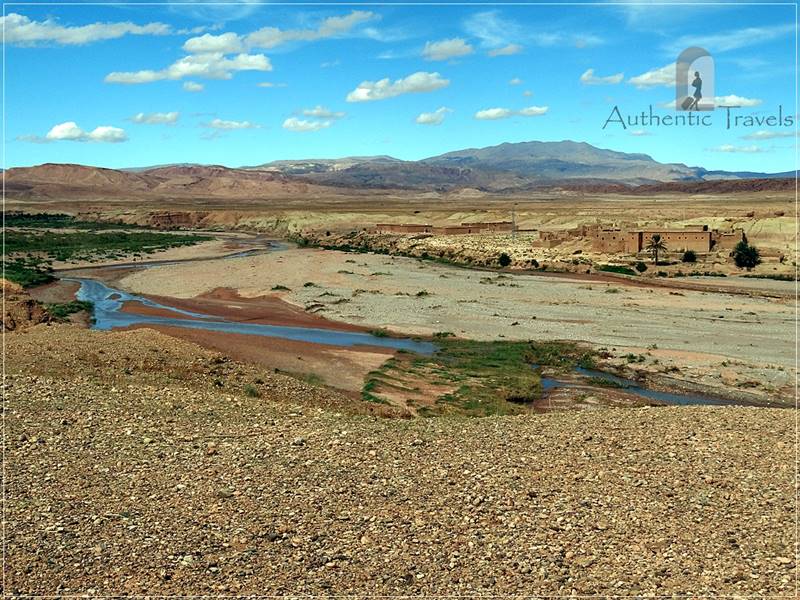
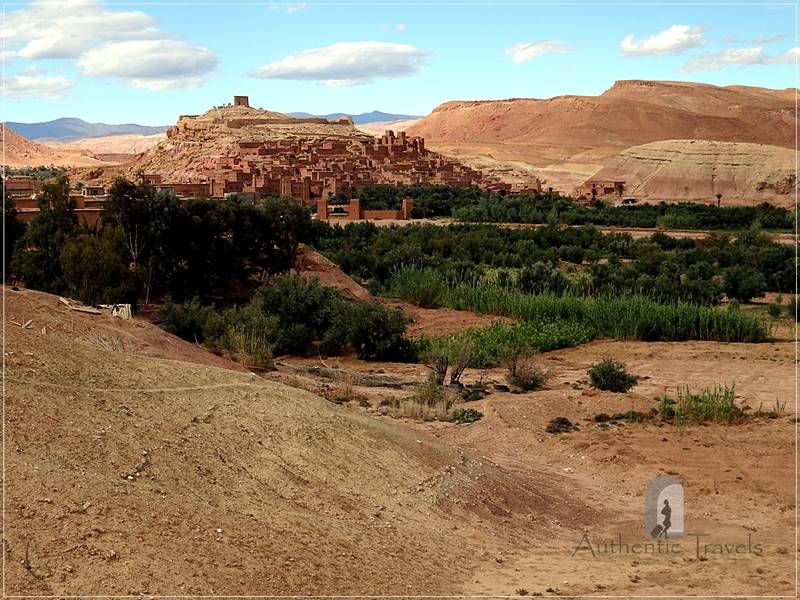
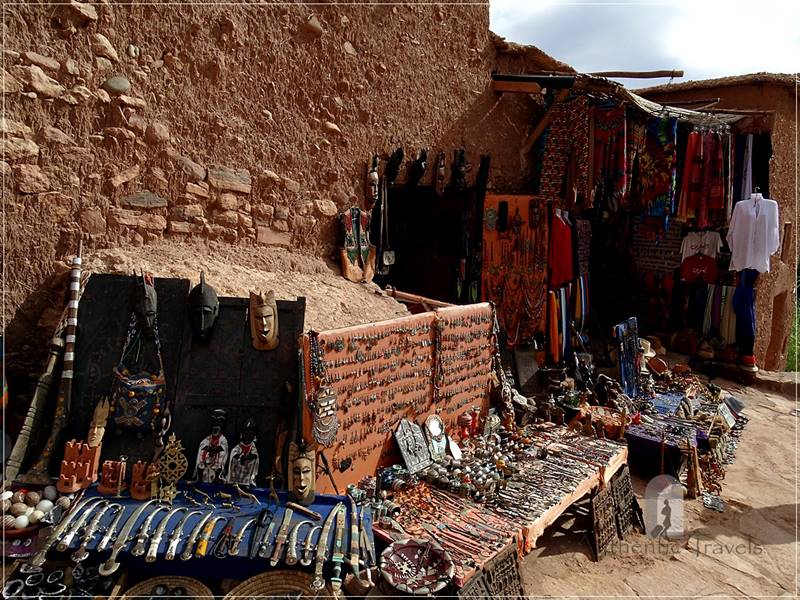
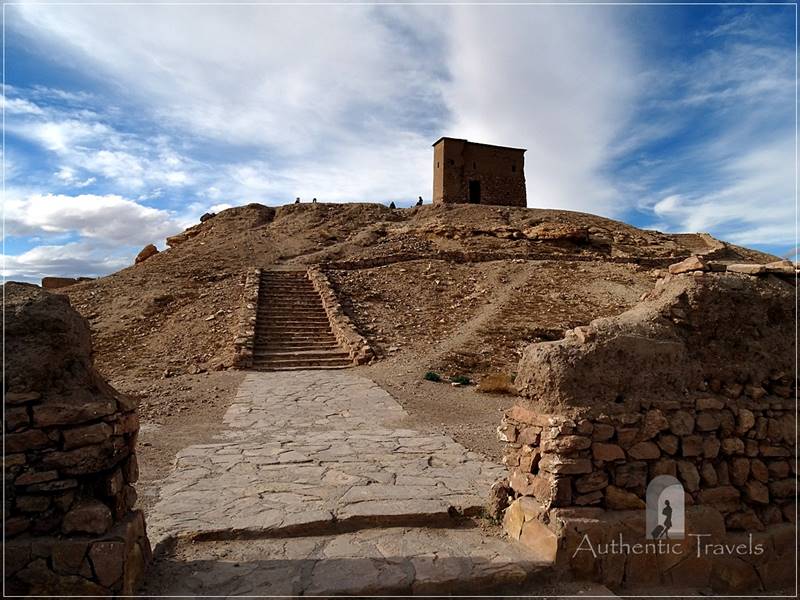
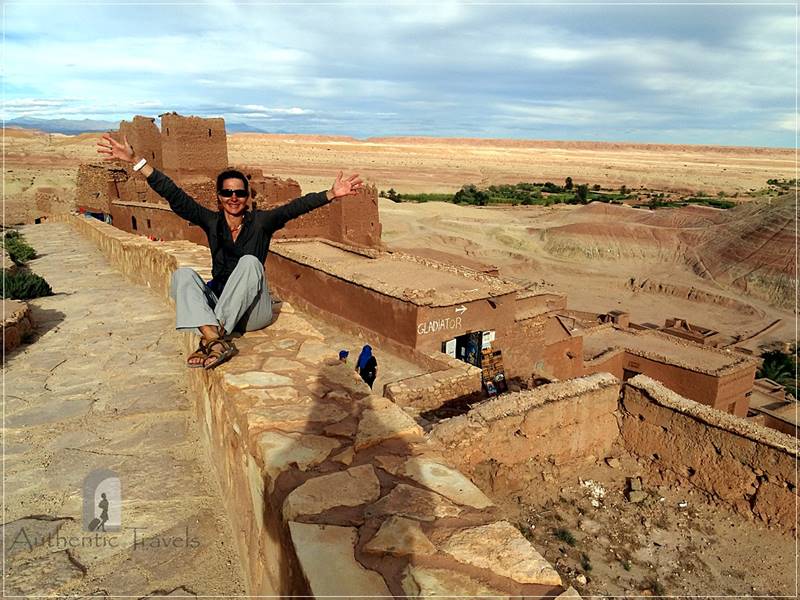
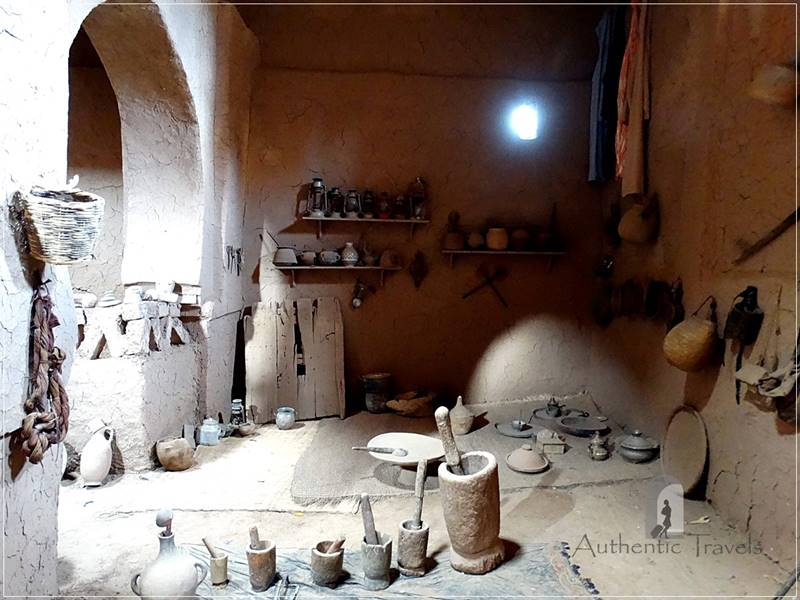
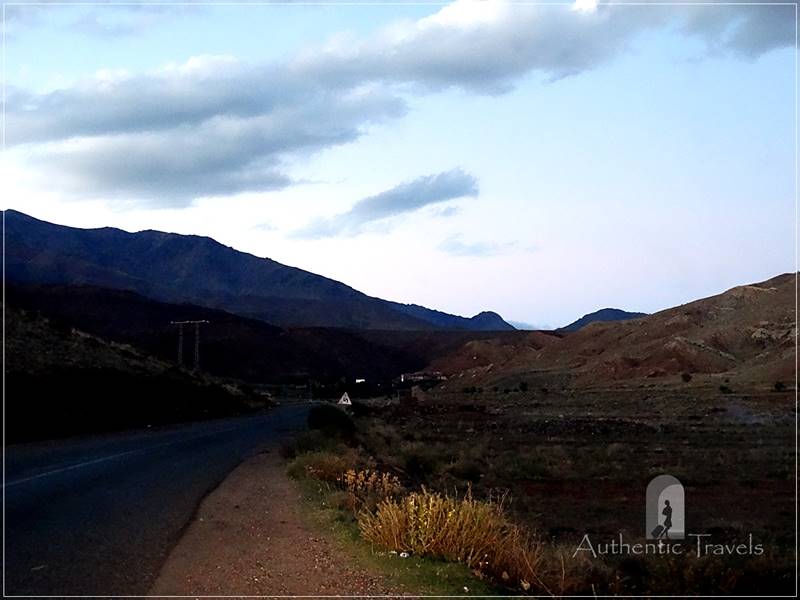
I usually only hear about the bigger cities in Morocco. It was interesting to read about your journey visiting some smaller villages. Those driving conditions before you got back to Marrakesh sound rough!
Well, we left Ait Benhaddou late in the afternoon so at night it wasn’t so pleasant to drive.
Reading this brought back great memories for me of Morocco and of Ait Benhaddou. You’re so right about the roads, they seemed to be endless! Still, it’s a wonderful place to explore and a must-see for anyone planning on visiting the country soon.
All of the mudbrick ksars of Morocco are so beautiful. Ait Benhaddou is only one of them.
Morocco I’ve been feeling called to for a while now and this post really fuels my desire to experience it. Love that pic of the kitchen in the kasbah, so earthy and atmospheric. Will hopefully manage to visit it when I’m there. Thank you for sharing!
Wow! I had never heard of the places that you went to. I love travelling off the beaten path and this looks like the perfect way to spend my time exploring Morocco. I love that you found and explored the World Unesco Site in such an isolated part of the world.
Well, Ait Benhaddou is not really of the beaten path. It is pretty touristy for Morocco (all tour agencies include it in their program). However, it is still very well preserved and doesn’t have tourist crowds (at least when I was there).
Marakkesh is definitely on my list, but I wasn’t aware of Ksar Ait Benhaddou. It looks so awesome. I loved the history and the journey through the mountain pass. Thanks for bringing up these new places.
I’ve wanted to visit Morocco for so long – especially Casablanca. This post really inspires my wanderlust to plan a trip to Morocco! Do you suggest a minimum amount of time to really see the highlights?
Well, I stayed for 6 weeks and I still didn’t have enough time to see everything I wanted. Whereas for highlights, you can rush from one place to another within a week … but you will stay more on the road as Morocco is a big country.
You stinker! haha, just kidding of course, I am just very jealous. Darcee & I spent a month roaming around Morocco but spent a wee bit too much time in the east. So we made it as far as the Agafay Dessert but just ran out of time and had to fly out of Marrakesh before heading down to the south west to explore the Sarah, Ait Benhaddou, & Tarfaya for some Kiteboarding! I love all the pics of the 4 kasbahs you took in or around Ait Benhaddou. Obviously we would get our movie geek on there but I would just love to learn more about that whole desert culture. So beautiful there!
I loved that part of the desert too. It is so so different than everything I know.
Issiwid village along the river looks pretty cool! Not sure I love the views of the Draa Valley much, though I have to say, it is quite unique. I would like to visit the ksar as well, given that it is a UNESCO World Heritage Site.
I usually go to whatever is Unesco under the sun – they are unique and valuable for good reason.
This brings back great memories of our time in Morocco. I think we also passed the highest spot by car in the Atlas Mountains. Your photos capture the trip well!
Except the highest spot – Tizzi Pass, because it was dark.
How did you like driving in Morocco? Haven’t driven much outside of North America. Nor have I been to Morocco.
Except Casablanca and Marrakesh where traffic is terrible at the rush hours, the rest of Morocco was ok – lots of donkeys though …